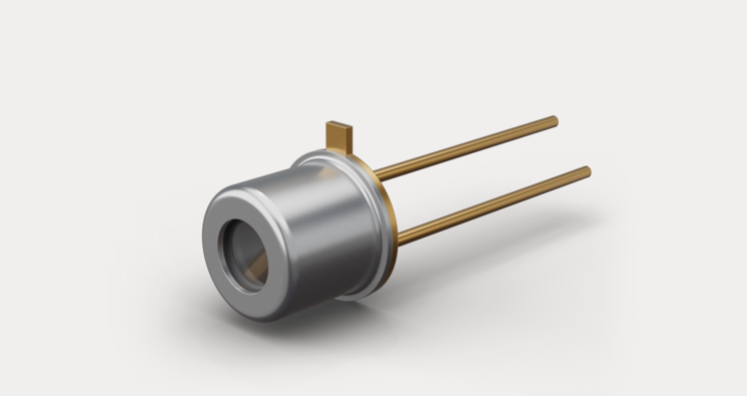The Rising Star of Laser Technology: 1550nm Laser Systems

Introduction
In today's laser industry, different wavelengths serve distinct applications with remarkable specificity. Visible lasers power applications ranging from laser pointers to medical aesthetics, while near-infrared lasers (e.g., 1064nm) dominate industrial processing, medical applications, and telecommunications. The 1535nm laser, known for its eye-safe properties, has established itself in ranging and LiDAR applications. Mid-infrared lasers (2-5μm) excel in gas detection and infrared countermeasures, while far-infrared and terahertz bands serve security screening, imaging, and advanced research. As laser technology advances, the 1550nm laser is emerging as a dominant force, poised to capture significant market share across multiple industries.
Understanding 1550nm Laser Technology
A 1550nm laser emits light at 1550 nanometers in the near-infrared spectrum. This wavelength is typically produced by erbium-doped fiber amplifiers (EDFAs) or erbium/ytterbium co-doped laser systems, offering unique advantages that make it particularly valuable for numerous applications.
Technical Advantages of 1550nm Lasers
1. Enhanced Eye Safety
a). The 1550nm wavelength is preferentially absorbed by the cornea and lens, significantly reducing retinal exposure risk
b). Meets Class 1M laser safety standards for outdoor and human-interactive applications
c). Permits higher power operation in public environments compared to visible or near-visible wavelengths
2. Superior Atmospheric Transmission
a). Experiences minimal atmospheric attenuation (0.2-0.5 dB/km in clear conditions)
b). Demonstrates excellent performance in adverse weather conditions (fog, rain, dust)
c). Enables reliable long-distance operation (>10 km for many applications)
3. Unmatched System Stability
a). Fiber-based systems provide exceptional power stability (<1% fluctuation)
b). Offers extended operational lifespan (>100,000 hours for many systems)
c). Maintains consistent performance across temperature variations
4. Robust Interference Immunity
a). Naturally filters solar background radiation (minimal overlap with solar spectrum)
b). Resists electromagnetic interference in crowded RF environments
c). Performs consistently across diverse operational conditions
5. Broad Application Compatibility
a). Seamlessly integrates with existing fiber optic infrastructure
b). Compatible with standard telecommunications components
c). Supports both pulsed and continuous wave operation modes

Key Application Areas
1. Precision Laser Ranging
a). Military-grade rangefinders with <1m accuracy at 20+ km distances
b). Civil engineering applications (structural monitoring, surveying)
c). Superior to 1535nm systems in humid or dusty environments
2. Advanced LiDAR Systems
a). Autonomous vehicle perception (200m+ detection range)
b). UAV obstacle avoidance and terrain mapping
c). Delivers higher resolution imaging than 905nm alternatives
3. High-Speed Optical Communications
a). Free-space optical links with 10+ Gbps throughput
b). Satellite-to-ground communication
c). Secure military data links
4. Defense and Security Systems
a). Target designation with reduced detection risk
b). Non-lethal deterrent systems
c). Secure perimeter monitoring
5. Scientific and Industrial Applications
a). Remote gas sensing and environmental monitoring
b). Non-destructive material testing
c). Quantum technology research

Future Development Outlook
The 1550nm laser platform is positioned for significant growth across multiple sectors. Emerging applications include:
Next-Generation LiDAR
Solid-state automotive systems replacing mechanical scanners
Miniaturized units for robotics and IoT devices
Quantum Technology Infrastructure
Quantum key distribution networks
Quantum radar systems
Space Communications
Intersatellite links for mega-constellations
Deep-space communication upgrades
Advanced Manufacturing
Ultra-precision materials processing
Additive manufacturing quality control
With ongoing developments in photonic integration and power scaling, 1550nm laser systems will continue to displace competing technologies across defense, telecommunications, and industrial markets. The combination of inherent safety advantages, atmospheric transmission properties, and compatibility with existing infrastructure ensures this technology will remain at the forefront of photonic innovation for decades to come.

